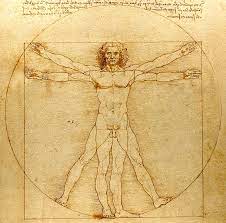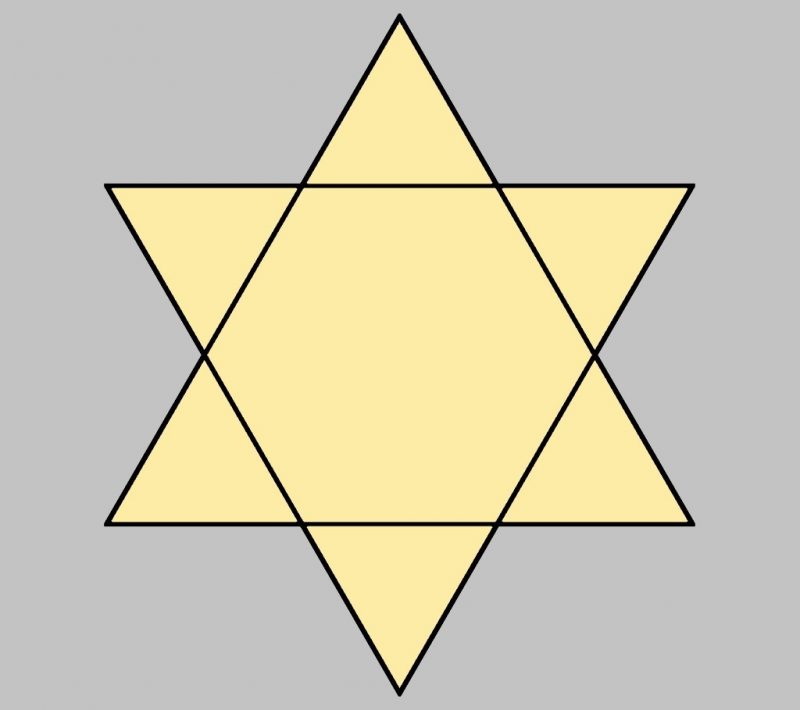Welcome, to this online guide to Sacred Geometry, produced by In2infinity.
In this section, we will explore the notions and meaning of metaphysics, its relationship to various spiritual and religious teachings, as well as its relationship to modern science.
What is Metaphysics?
The current definition found in most dictionaries describes Metaphysics as a form of Philosophy. In part, this can be attributed to the upsurge of the New Age Movement and social media networks. However, this definition has undoubtedly changed in recent times. Prior to the development of modern science, metaphysics was used to describe the methodologies used to uncover the origins and fundamental principles of reality.
In the time of Newton, science itself was termed ‘Natural Philosophy’. Yet, through the 1800s, the distinction between science and religion began to be established. For this reason, there is no word for ‘religion’ in Hebrew or Sanskrit, two of the oldest languages that still exist today.
Terminology
The word Meta stems from a sense of beyond, seen from a higher perspective. Just as meta-tags are hidden codes that work in the background to structure a website, Metaphysics describes the study of that which transcends physics and physical reality. But if we are only able to perceive and measure that which is presented to our 5 senses, how can we begin to explore phenomena beyond the manifest reality?
One of the key tools of Metaphysics is the principles of geometry, which have acted as a cornerstone for the discoveries of even modern science. Though theses principles, mathematical concepts regarding the nature of shape (space), can be examined. Combined with logical reasoning, the doors to the metaphysical world beyond reality can be explored.
Plato's Allegory of the Cave
The Greek Philosopher Plato presented a thought experiment in his work Republic (514-520), in which observers only ever perceive reality as mere shadows on a wall. As we begin to study the tenant of metaphysics, so we begin to open our awareness to the world beyond reality. The reasons for the appearance of reality starts to weave itself into a coherent picture, as we develop a mature intellect. Once awakened we ‘step out of the cave’ into the light of truth.
However, as the experience is embodied beyond the physical, its is a personal journey that one must undertake. Once awakened to the metaphysical reality, if we return to try and explain our ‘enlightenment’ to those who have only ever seen the shadows projected on the wall of the cave, the notions can be difficult to convey. Those who are only able to perceive the shadow cast on the wall, and are convinced of their reality often shun those who have experiences beyond the cave.
This exemplifies the concept that reality is much broader than our direct experience of it, and the importance of undergoing the metaphysical journey through experience, not just belief in the appearance of reality.

This metaphor is still pertinent today. As we have entered into the ‘information age’, so spiritual and scientific dogmas have arisen, which often lead to contradictory statements. Only be assessing truth through logic and reason can we begin to distinguish between sound doctrines, and eliminate errors. No one can be responsible for the elevation of our consciousness. We must each pioneer our own path, and develop a discerning mind.
Question: Can we draw a Circle?
The answer is yes and no. It looks exactly like a circle, however, the computer screen itself is constructed from tiny square pixels. Through the arrangement of these squares, a form is created that approximates the circle. We say that the whole of life is experienced in this way. Reality is made from matter, composed of tiny atoms, bound through a field of energy, which is in constant fluctuation. Yet, at the same time, it remains constant from the scale of our perception.
The great artists and metaphysics, Leonardo da Vinci created a famous image called the Vitruvian Man, that depicts the human form surrounded by a square and a circle. In view of what has just been mentioned, this image holds a very profound meaning. No form is exact, yet somewhere between the straight line (square), and the curve (circle) we exist and experience life.

Manifest and Non-Manifest
In the West, the roots of Metaphysics go back to the great philosophical thinkers of Ancient Greece, who believed in a Great Architect whose work could be revealed through the creation of sacred geometric design. Plato’s cave is a metaphor for a much greater force that lies hidden behind the veil of existence. However, this type of thought is by no means limited to Western Philosophy. Even today, we find the same concept in all major religions that is expressed through symbolism throughout the world.
Examples of Metaphysical notions in religion

Abrahamism
Judaism – Old Testament – Moses
The existence of a God called Elohim who created Adam and Eve in the Garden of Eden, a place beyond our perception.
Christianity – New Testament – Jesus
God is the creator of all things, including entities such as Angels, who exist in another dimension referred to as Heaven.
Islam – Koran – Mohammed
A one true God termed Allah, who created beings of the smokeless fire called the Jinn, which translates as the hidden.

Vedic Roots
The eastern religions find their root in ancient Vedic philosophy. Whilst dates vary considerably, many scholars view the formation of the Vedic Era as originating with Parashara somewhere around 2000-3000 BC.
Hinduism – 4 Vedas
Brahman is the one true God who is formless, limitless, eternal and encompasses everything in the universe.
Buddhism – Mahayana & Theravada
The concept of duality, manifest and non-manifest reality, cause and effect, and processes of time.

Far East
Taoism – Confucianism
The Tao is the eternal nameless, the essence and flow of the Universe, that keeps everything balanced and ordered.
Quick Quiz: In which of these major Religions does the hexagram commonly appear?
The Hexagram, often termed the Star of David or the Seal of Solomon, is the most iconic symbol of Judaism. However, it has been used in every kind of religion and magical order since ancient times. In Christianity, it is the Creator’s Star and stands for the six days of creation. In Hinduism and Buddhism, it symbolises concepts such as creation, balance, and the cosmos. While it is not directly apparent within the ancient philosophical systems of the Far East, the famous Book of Divination, the I Ching, is derived from sets of trigrams that relate to the same fundamental structure of the Hexagram.

Between Science and religion
Religious Thought
Although many religions today differ culturally and ontologically, they unify in many of their ancient symbols found around the world. All of them believe in a broader sense of reality, a divine plan, that gives rise to morality, which effects life beyond our terrestrial world. However, without reason and logic, blind faith can also lead to misconception if not put into the right context.
Scientific Approach
Science attains and organises knowledge through experimental evidence that defines the Laws of Nature. A hypothesis is formulated and then tested through an experiment. As external data serves as the ultimate source of knowledge, it is concentrated at the direct experience of reality. Thereby, it struggles to provide answers to questions that are beyond the world of matter, such as, is there a Divine Architect (God), does man have a Soul, and is there an Afterlife?
In fact, the metaphysical view has found support from some of the greatest people in history, from both scientific and spiritual background.

“Science without religion is lame, religion without science is blind.”
-Albert Einstein

“Faith and reason are like two wings of the human spirit by which it soars to the truth.”
– Pope John Paul II

“The time has come to find a way of thinking about spirituality and ethics beyond religion altogether.”
– Dalai Lama
In2infinity - A new metaphysical theory
Nature expresses itself through numbers, geometry, ratios, harmonics and proportion. Mathematics is the universal language, that provides the fundamental structure of all scientific disciplines. Similarly, in our metaphysical system, we use numbers to draw conclusions about reality. However, we also recognise the limitation of trying to discover the true nature of existence solely through measurement. It takes both, the scientific approach and a fundamental understanding of numbers, shapes, and proportion through our consciousness itself, in order to reveal a larger holistic picture of existence. In decoding some of the most ancient symbols in a fun and unique way, we bring a fresh perspective on many spiritual teachings and scientific research and what this means for our own consciousness experience.
The Geometric Universe
Difference between Science and Metaphysics
Difference between Science and Metaphysics
The metaphysical view does not detract from the observations of Science, but adds to it important elements that can provide us with an even deeper insight into the truth that is both apparent and hidden from sight.
|
Science
|
Metaphysicas
|
|---|---|
|
Outer Observation
|
Outer & Inner Observation
|
|
Nature
|
Nature & Consciouness
|
|
Numbers are a human construct
|
Numbers pre-exist humanity
|
|
Complex mathematical law
|
Geometry, Music, and Ratio
|
|
Hard Study
|
Fun Learning
|
|
Specialised
|
Holistic
|
|
Manifest realty
|
Manifest and non-manifest realty
|
|
Entropy and Chaos
|
Negative Entropy and Divine Plan
|
|
Logical
|
Reasoned and Spiritual
|
Quick Review
Metaphysics: physics that is beyond
Plato’s Cave: reality is broader than our perception
Religions: reality = divine plan, unified through symbolism
Science: experimental data to define reality
Our metaphysical belief: science + spirituality
Understanding of consciousness, numbers, geometry, music, art
Carry on Learning
LEarn more about Sacred Geometry by browsing these free articles.

Christianity Symbol
Christian Sacred Geometry Symbols In Christianity, the world’s largest religion, we find a variety of symbols that often are linked to the Crucification of Jesus Christ. The most prominent symbol

Trivium
In the pursuit of knowledge and effective communication, the Ancient Greeks recognised the indispensable value of the Trivium. Comprised of three essential components – Grammar, Rhetoric, and Logic – this
The Cuboctahedron
Sacred Geometry is defined as drawing without measurement. It involves the tools of drawing compass and ruler, but unlike traditional geometry, all shapes and dimensions are interrelated and arise from


